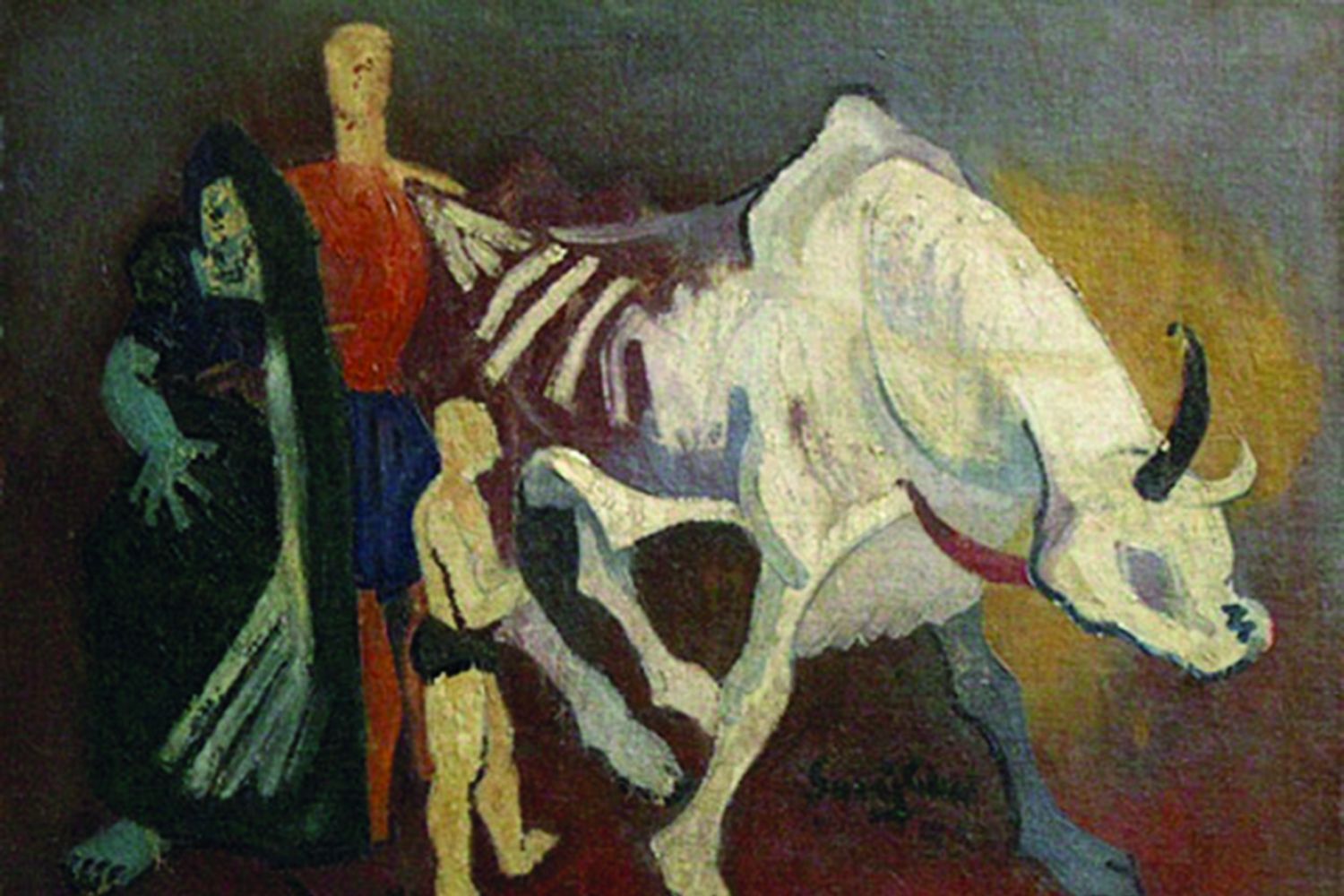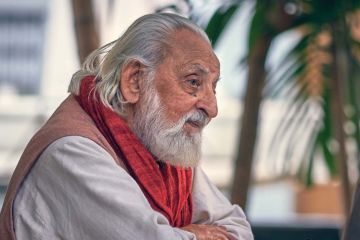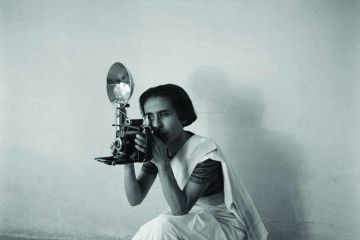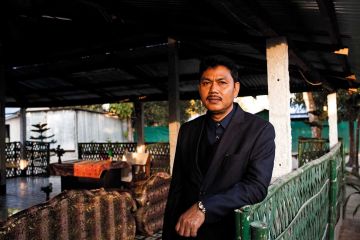
Suraj Ghai, like any serious artist, is a product of his
time. Born in Peshawar, he was 13 when India was partitioned in 1947. The
family settled in Delhi as displaced persons where his doctor father hoped
Suraj would become an engineer. After a half-hearted attempt at intermediate
Science, he got admission to Delhi Polytechnic’s art department. He had found
his passion; art was all that mattered to him.
He was lucky to find a mentor in the peerless Sailoz
Mookherjea, artist and bohem
Continue reading “The artist provides a slice of his times”
Read this story with a subscription.





